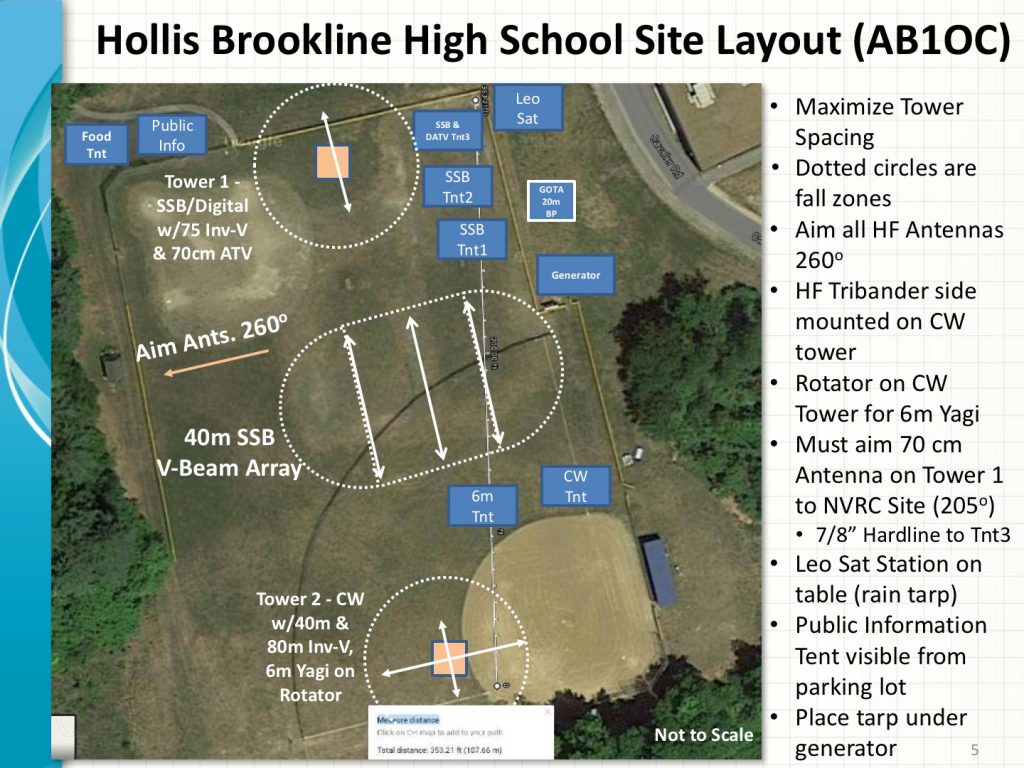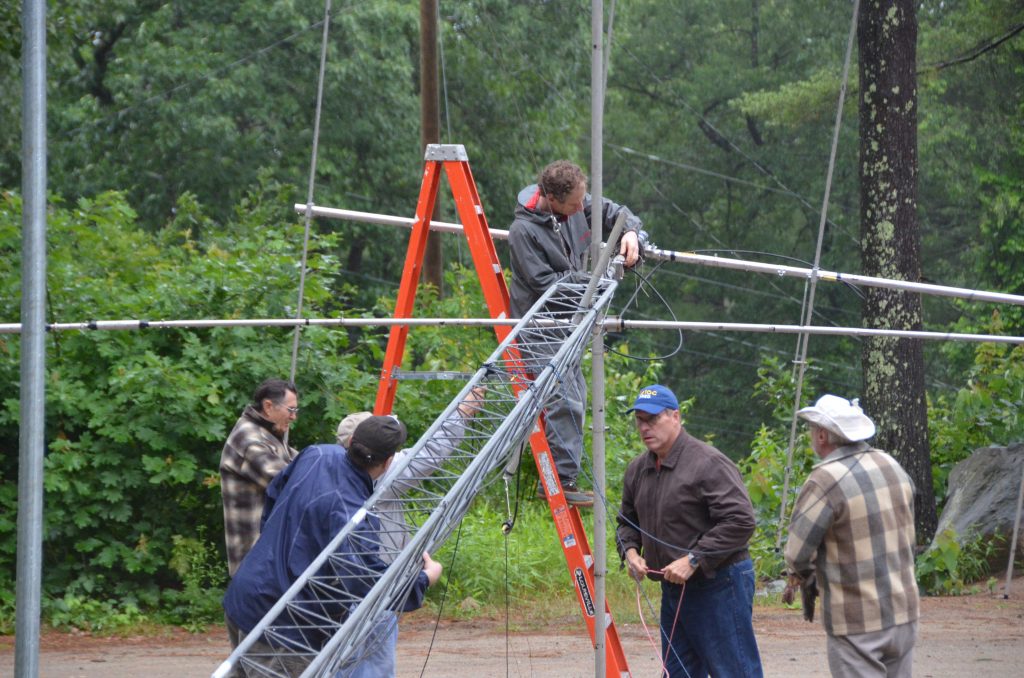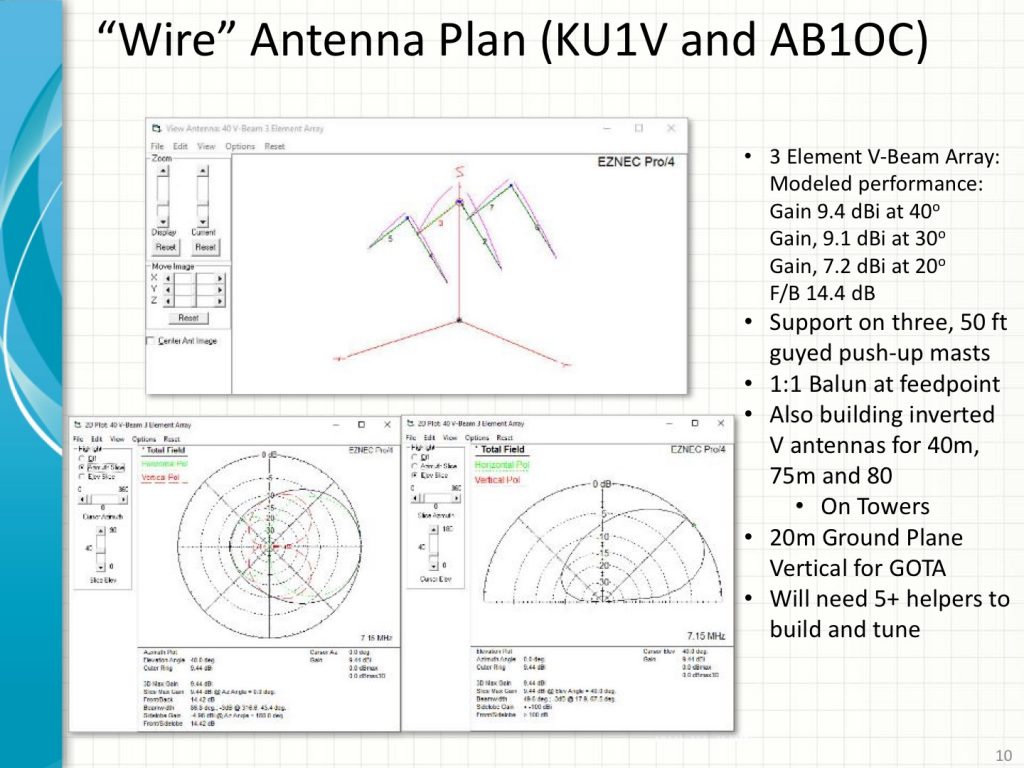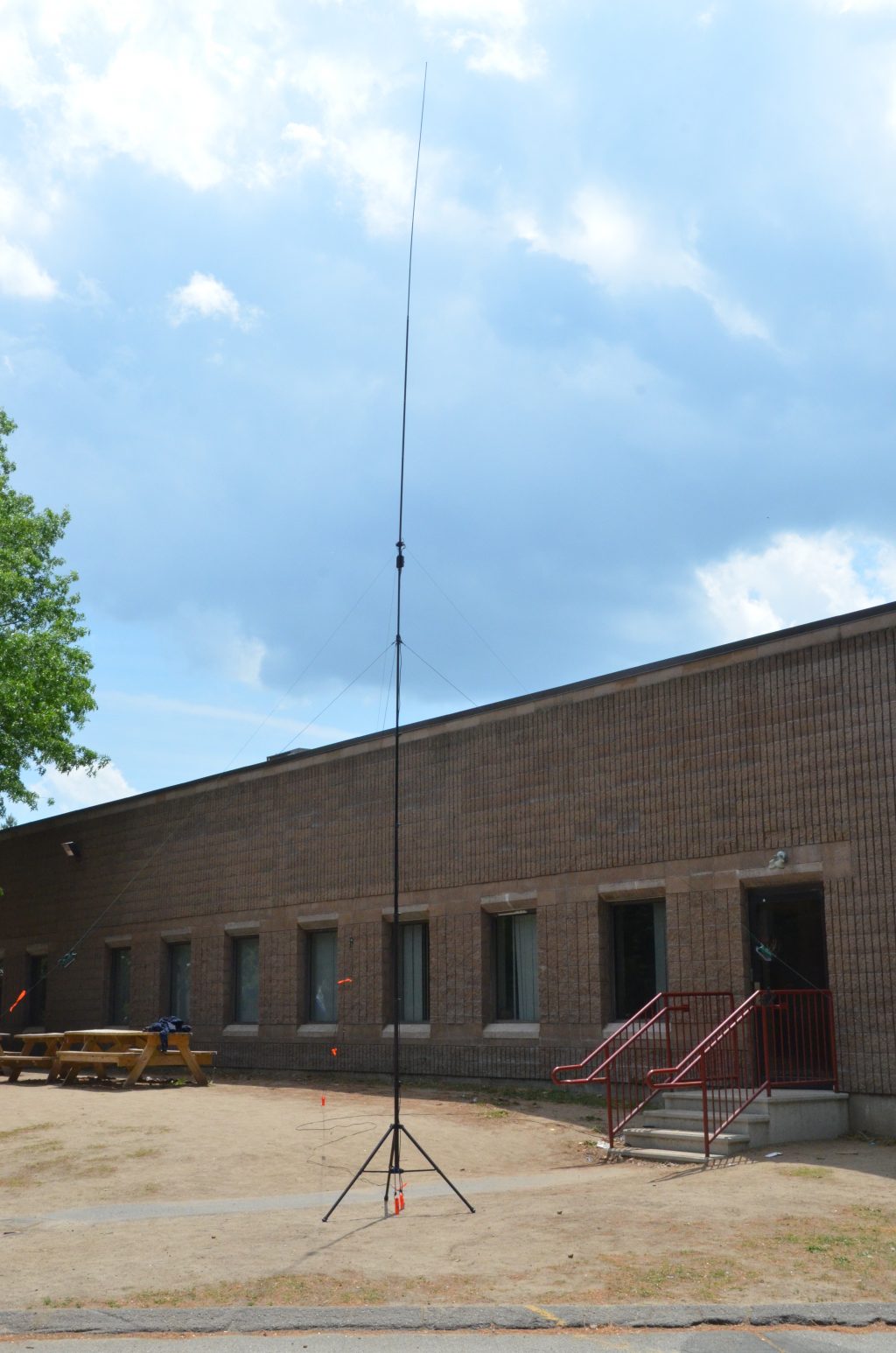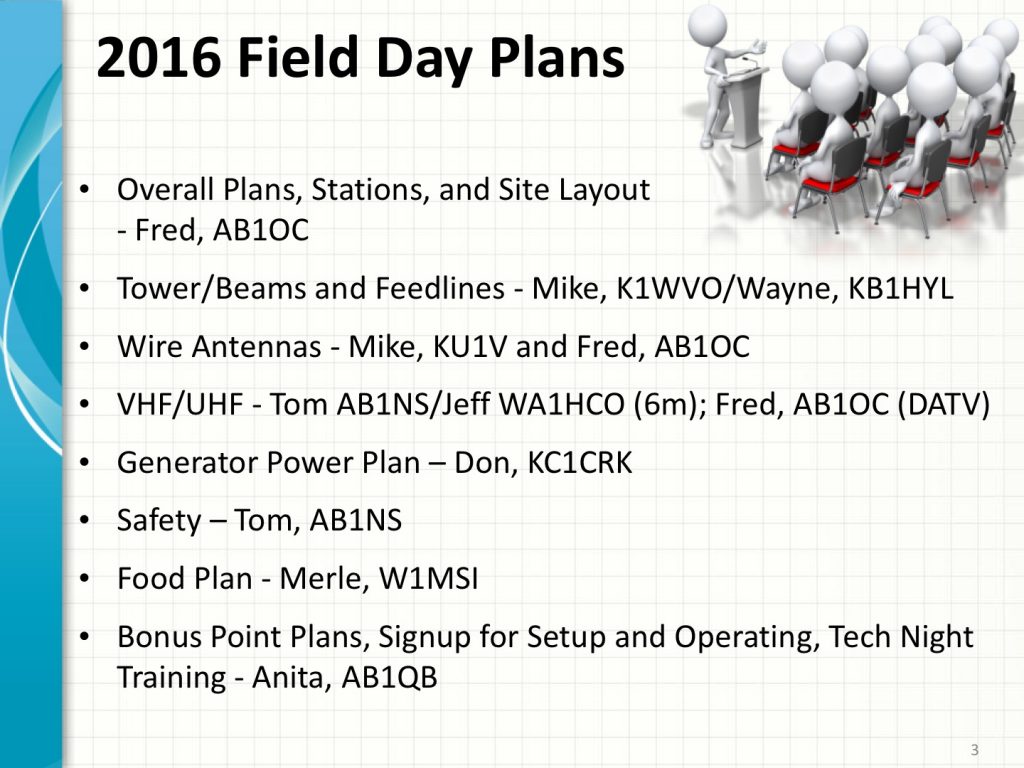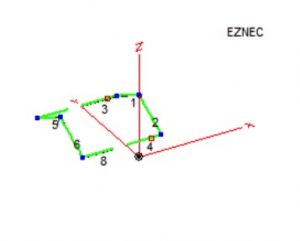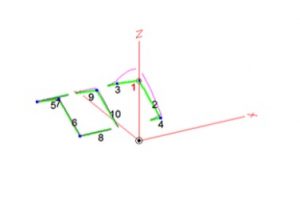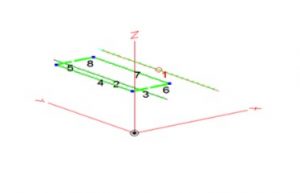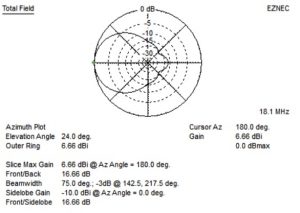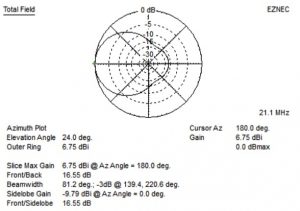Fred, AB1OC and I just returned from the 2016 Hamvention in Dayton, OH.
Our first day in Dayton was spent at Contest University – this was our 5th year in attendance but each year we learn more from the contesting experts. This year, we attended two presentations from Frank Donovan, W3LPL on operating techniques for the declining solar cycle and on 80m and 160m antennas. We also heard a talk from Val NV9L from Ham Nation on Log Analysis tools and another session on SO2R (Single Operator 2 Radio) Operating.
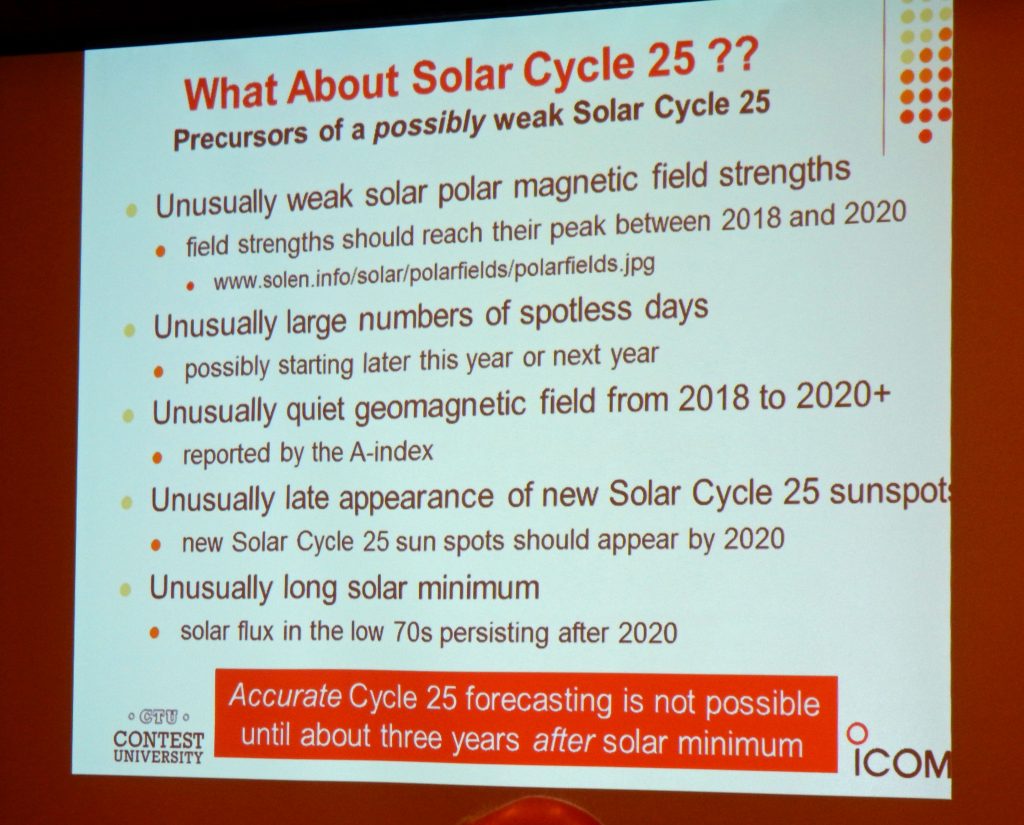
Friday was the first day of the Hamvention and we spent most of the day visiting all the vendor exhibits. We visited the Icom booth, where we looked at the new Icom 7851. It has an incredible display as well as one of the best receivers on the market.
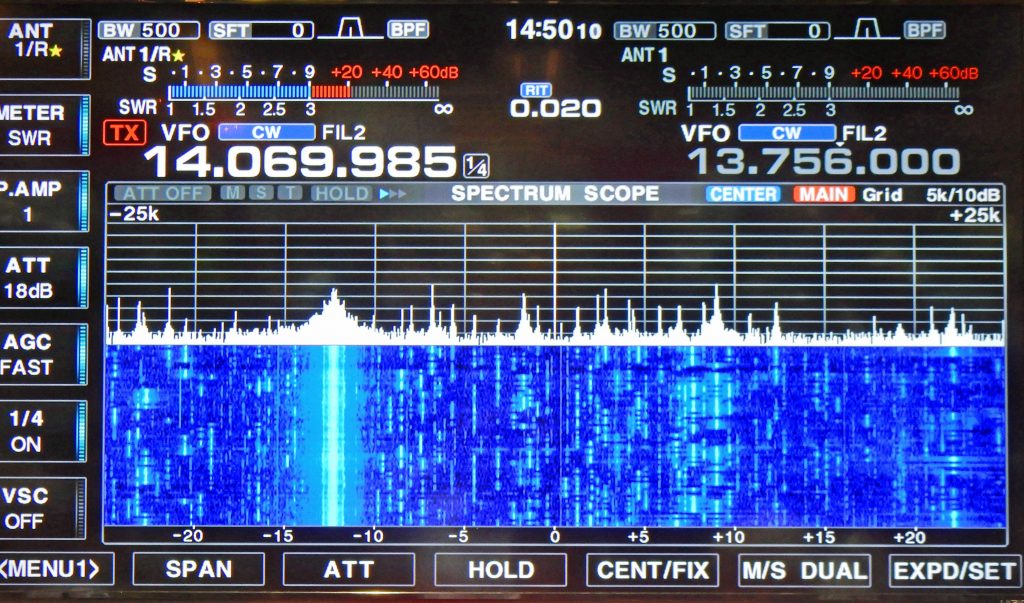
We also saw the new KX2 Transceiver at the Elecraft booth. It is even smaller than the KX3 and is perfect for SOTA and other portable operations. I would expect to hear some NPOTA activations using this radio.
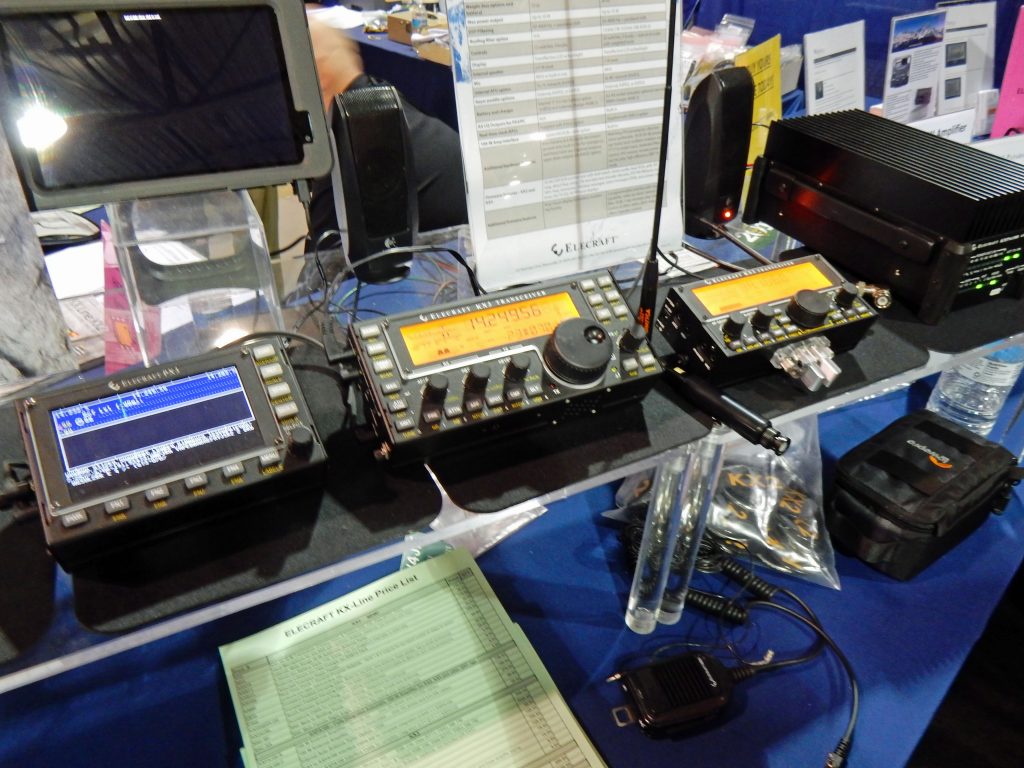
Friday evening was the Top Band dinner where we learned all about “Top Band Disease” from Larry “Tree” Tyree N6TR. Hams with this disease are nocturnal, love the bottom of the sunspot cycle. They are constantly improving their 160m antennas – when you upgrade your receive antenna, then there are people who can’t hear you, so then you need to improve your transmit antenna – and the cycle continues… The DX Alarm Clock is perfect for those with Top Band Disease!
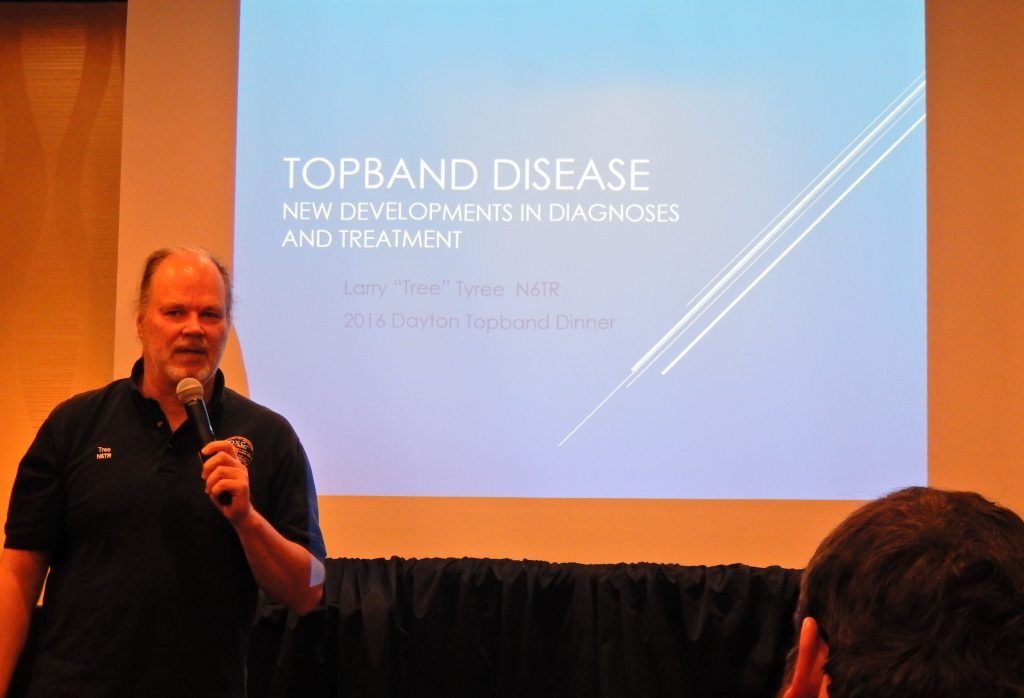
After the dinner, we were treated to a concert from the Spurious Emissions Band (N0AX, KX9X, K4RO, W4PA), with hits like “On The Cover of the NCJ” and “Sittin on the Edge of the Band”. They were so funny! You can watch their performances on YouTube http://bit.ly/DaytonSpurs2016.
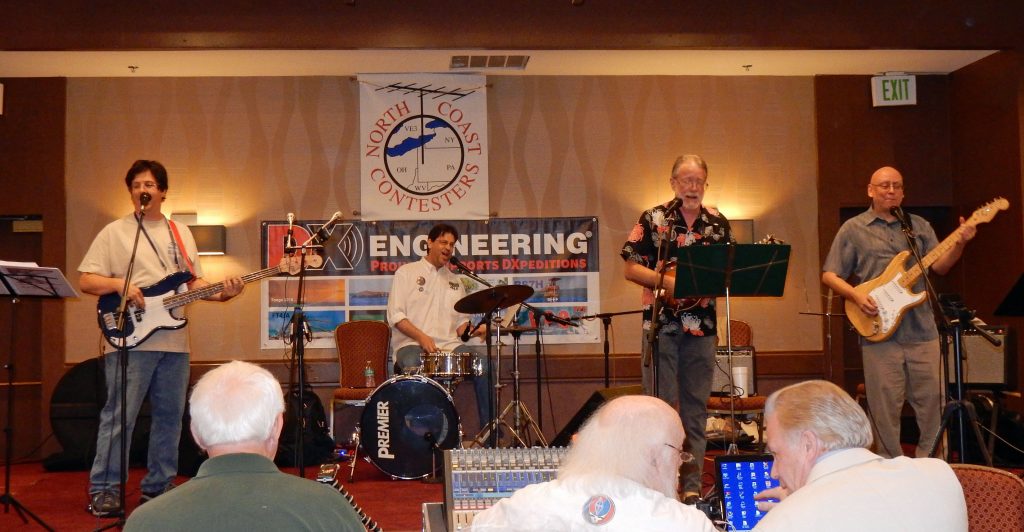
On Saturday, Fred, AB1OC and I presented our Station Building talk to around 250 people as part of the Dayton Contest Forum. It was a great honor to be selected to speak there by Doug Grant K1DG, who has organized the Contest Forum for many years.
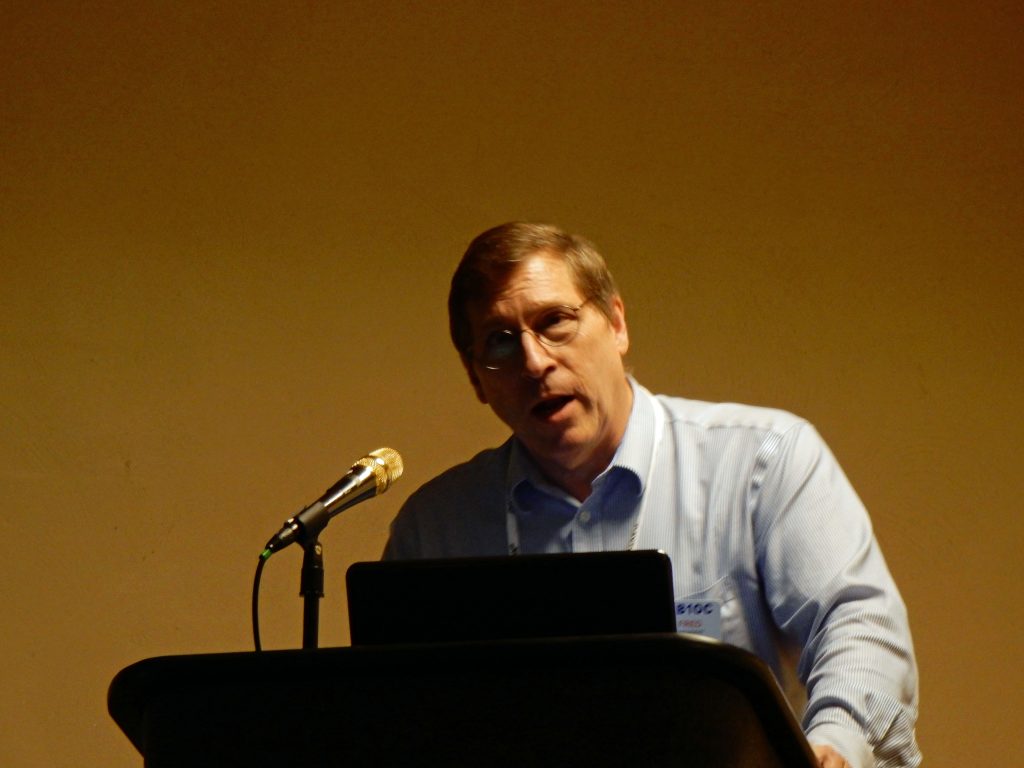
We also continued to tour the vendor booths, visiting Club Member Bill Barber, NE1B, at the DMR-MARC booth.
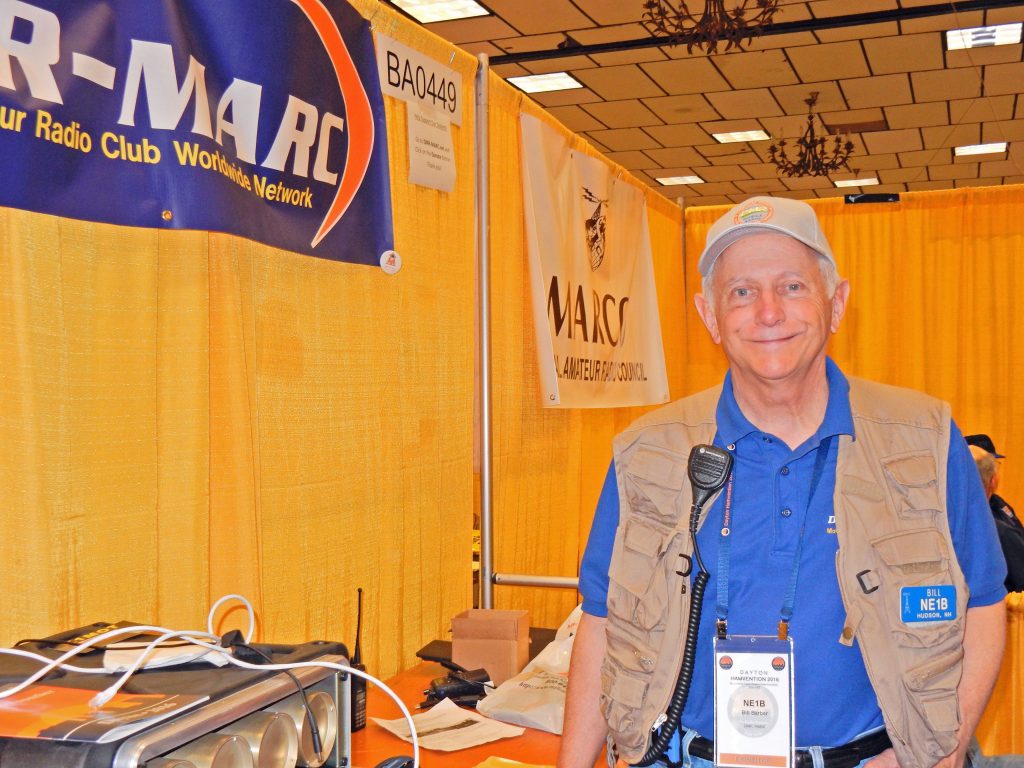
After that, we stopped by Gordon West’s Ham Instructor booth where we spoke to him about the success of the Club’s License classes. Here is a picture of Gordon, WB6NOA, and Fred sharing the secrets of how the Hilbert Transform and the Flux Capacitor make Single Sideband and Time Travel Possible.
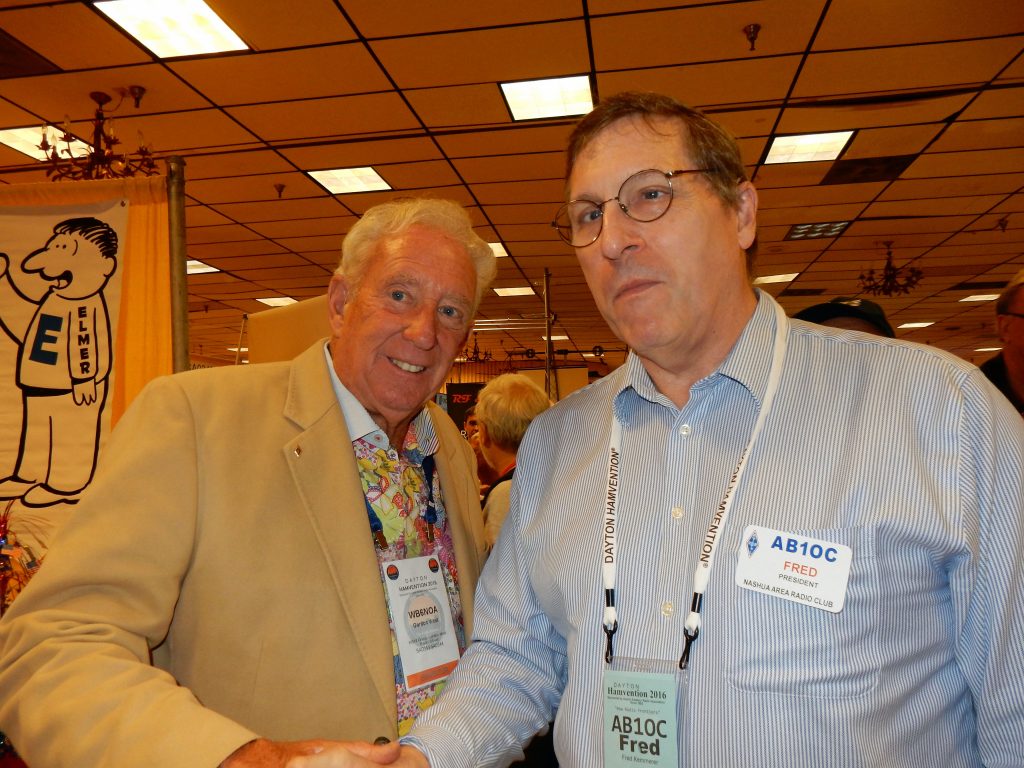
We also visited the AMSAT booth, where we met Burns Fisher, W2BFJ, who now lives in Brookline, NH and is moving to Hollis. They had a cube sat on display – you can see how small it is below. It’s amazing that AMSAT builds and arranges to launch them into orbit so that we can make QSOs through them!
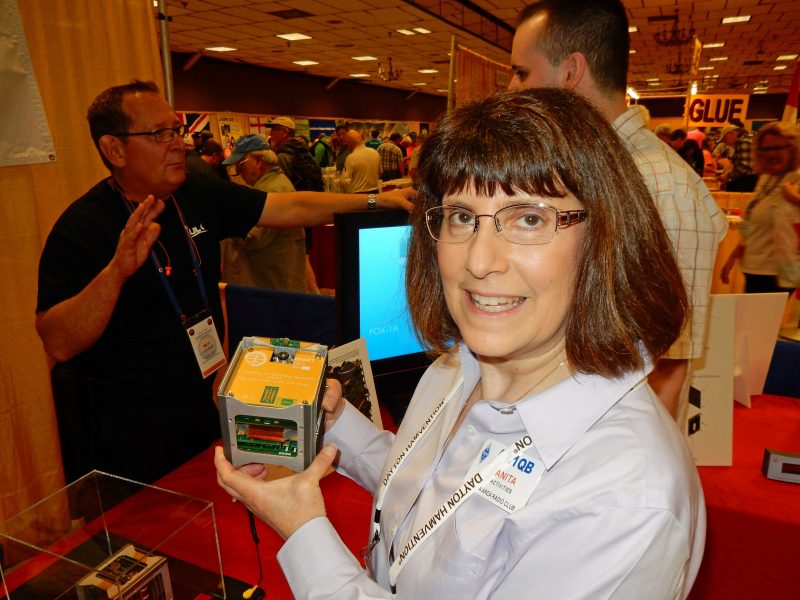
Fred could not resist a visit to Begali Keys where we purchased a neat travel key. It should be great for operating mobile and for Field Day.
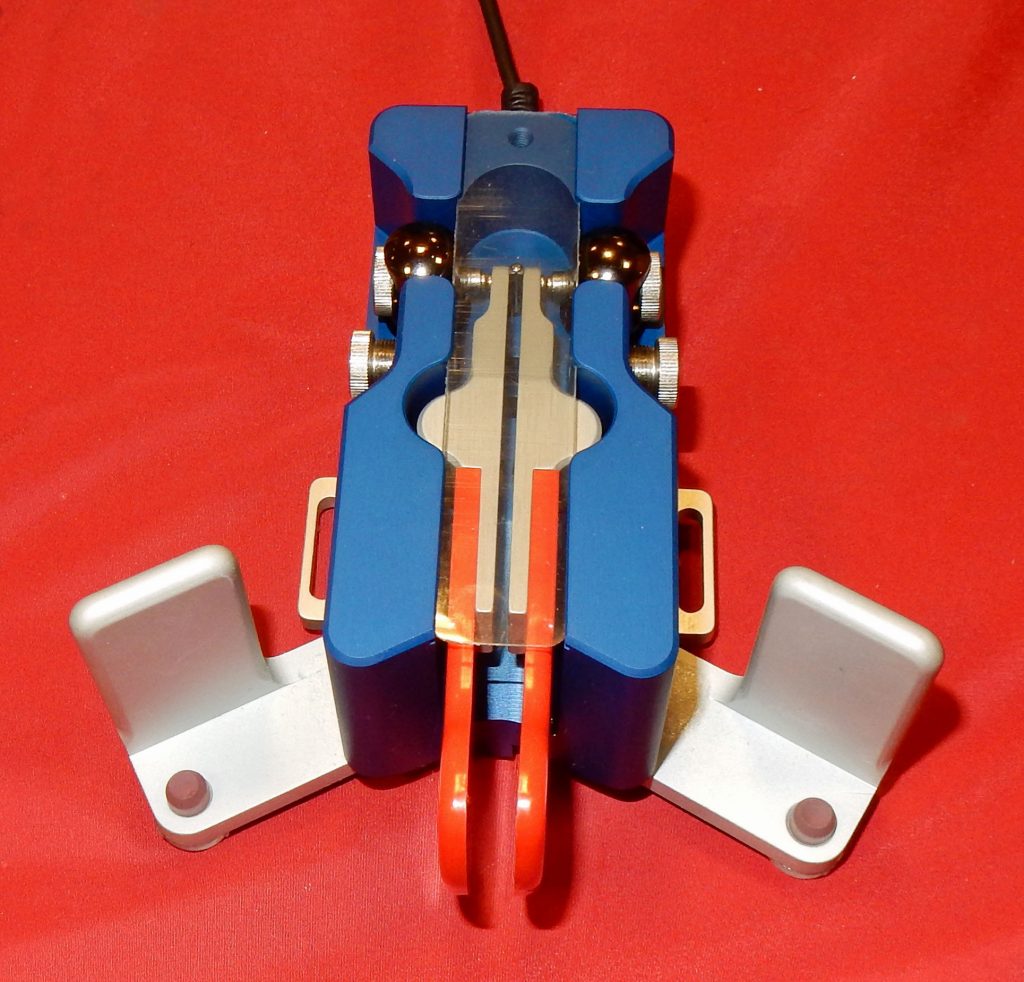
On Sunday, we headed back to New Hampshire, sad that the weekend had come to an end but full of great memories from the trip.
Anita, AB1QB




